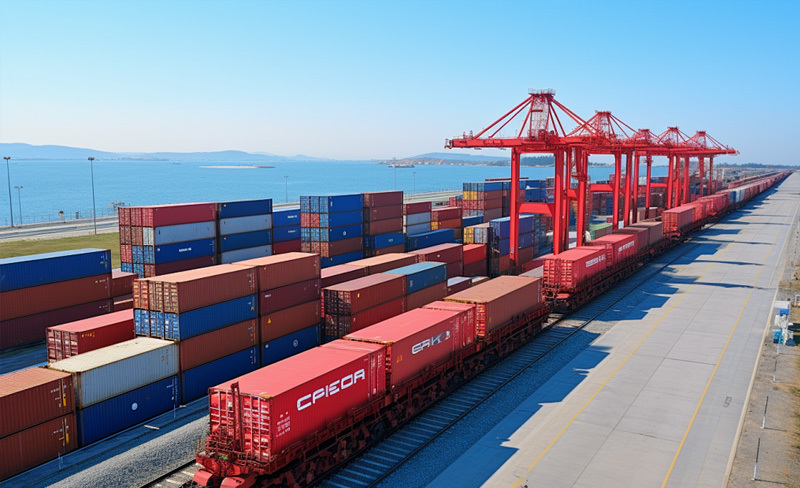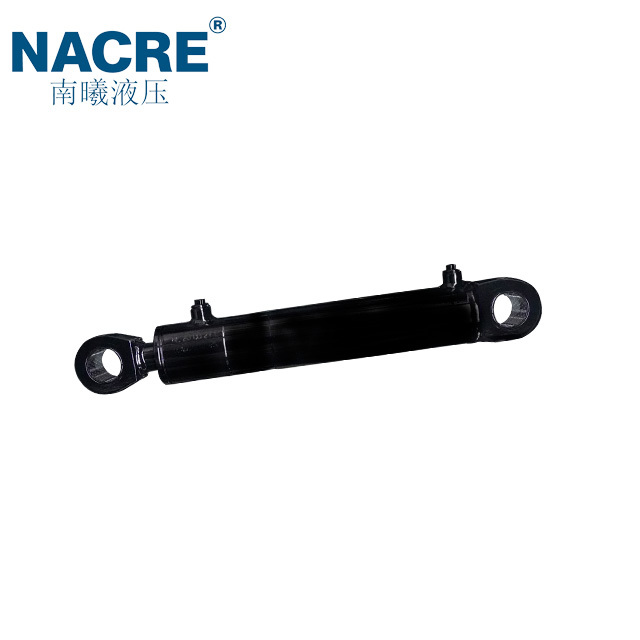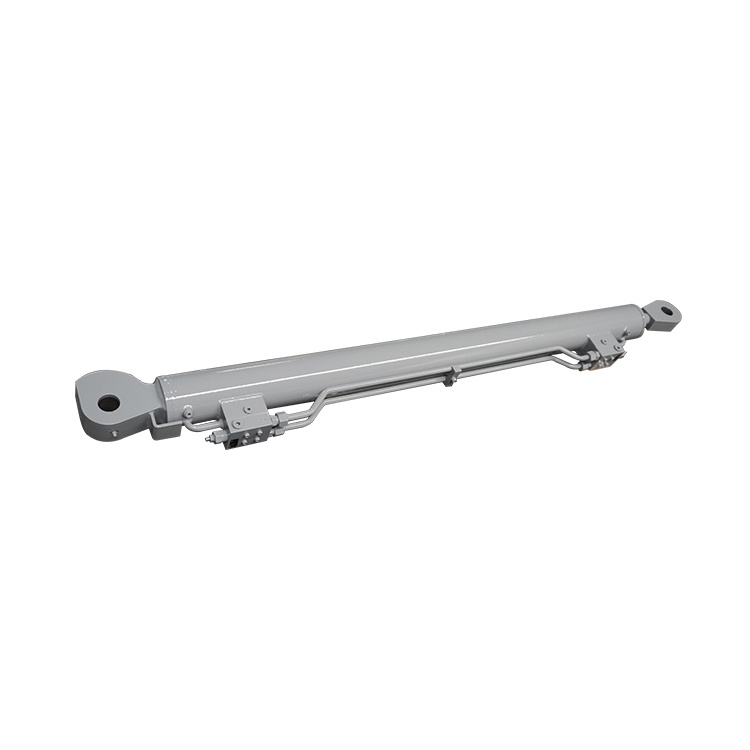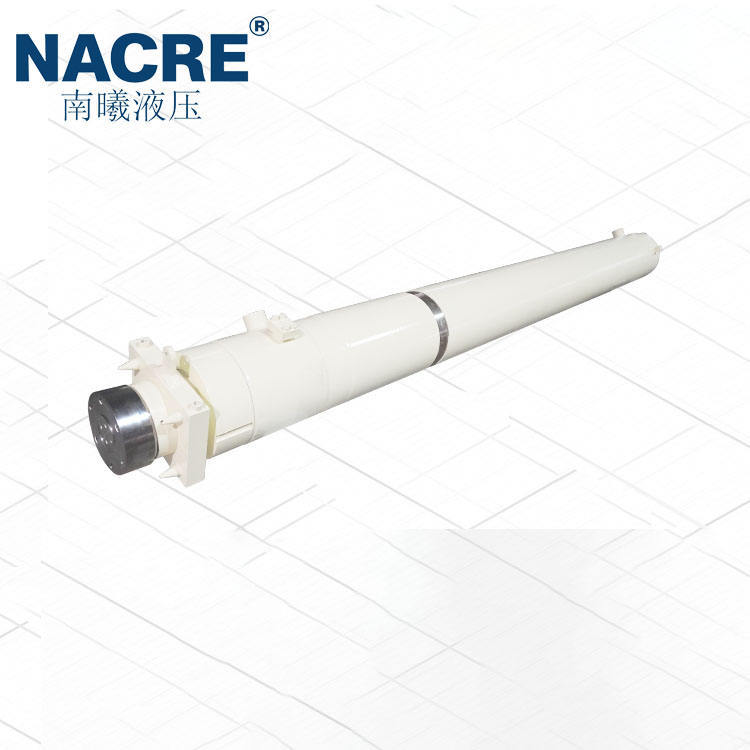A Comprehensive Guide to Selecting the Right Hydraulic Cylinder for Your Port
2025-10-10
A Comprehensive Guide to Selecting the Right Hydraulic Cylinder for Your Port
When it comes to optimizing operations in a port environment, selecting the right hydraulic cylinder is crucial. Hydraulic cylinders play an essential role in various applications, from lifting and moving heavy loads to controlling machinery with precision. In this guide, we will explore the essential factors that influence the selection of hydraulic cylinders, ensuring that your port can operate with maximum efficiency.
Table of Contents
- 1. Understanding Hydraulic Cylinders
- 2. Types of Hydraulic Cylinders Used in Ports
- 3. Key Factors in Selecting Hydraulic Cylinders
- 4. Performance Considerations
- 5. Installation and Maintenance Tips
- 6. Cost Analysis: Short-term vs Long-term Investment
- 7. Adhering to Industry Standards
- 8. Future Trends in Hydraulic Technology
- 9. FAQs About Hydraulic Cylinders
- 10. Conclusion
1. Understanding Hydraulic Cylinders
Hydraulic cylinders are mechanical devices that convert hydraulic energy into mechanical energy, enabling movement in various applications. They are fundamental in port operations, where heavy lifting and precise machinery control are necessary. Comprised of a cylinder barrel, piston, and rod, hydraulic cylinders utilize pressurized fluid to create motion. Understanding the fundamental components and functionality is essential for selecting the right hydraulic cylinder for your port.
2. Types of Hydraulic Cylinders Used in Ports
2.1 Single-Acting Hydraulic Cylinders
Single-acting hydraulic cylinders utilize hydraulic pressure to extend the piston in one direction, with gravity or a spring returning it to its original position. These cylinders are cost-effective and straightforward, making them suitable for applications requiring less complex motion.
2.2 Double-Acting Hydraulic Cylinders
In contrast, double-acting hydraulic cylinders provide power in both directions, allowing for more versatile use in various port applications. They offer increased efficiency and control, making them ideal for tasks that require significant lifting and lowering capabilities.
2.3 Telescopic Hydraulic Cylinders
Telescopic hydraulic cylinders consist of multiple nested cylinders that allow for extended reach without requiring excessive space. These are particularly useful in shipping operations where height restrictions are common.
3. Key Factors in Selecting Hydraulic Cylinders
3.1 Load Capacity
When selecting hydraulic cylinders, the load capacity is a paramount consideration. Ensure the cylinder can handle the maximum load it will encounter during operations. Overloading a cylinder can lead to catastrophic failure, so precise calculations are essential.
3.2 Stroke Length
The stroke length determines how far the piston can travel within the cylinder. Evaluating the required stroke length for different tasks ensures that the hydraulic cylinder can achieve the necessary range of movement.
3.3 Mounting Options
Each hydraulic cylinder comes with various mounting options, such as clevis mounts, trunnion mounts, and flange mounts. The mounting style should be compatible with your existing equipment and the application requirements.
3.4 Operating Environment
The operating environment plays a significant role in selecting the right hydraulic cylinder. Factors such as temperature, humidity, and exposure to corrosive substances can affect the cylinder’s performance and durability. Selecting materials and designs that withstand environmental conditions is crucial.
4. Performance Considerations
4.1 Speed
The speed at which a hydraulic cylinder operates can significantly impact efficiency. Selecting the right flow rate and ensuring the hydraulic system is designed to accommodate these rates can enhance performance.
4.2 Responsiveness
Responsiveness in hydraulic cylinders ensures that they can immediately react to control signals. This feature is particularly important in applications that require precision and safety, like those in port operations.
4.3 Maintenance Needs
Different hydraulic cylinders have varying maintenance requirements. Consider the frequency of maintenance checks and parts replacement when selecting a cylinder to ensure operational continuity.
5. Installation and Maintenance Tips
5.1 Professional Installation
For optimal performance, professional installation is recommended. Proper installation can prevent future malfunctions and ensure that the hydraulic cylinder operates within specified parameters.
5.2 Regular Inspections
Routine inspections are vital for identifying wear and tear before they lead to failures. Regular checks should include fluid levels, seals, and overall cylinder condition.
5.3 Lubrication
Ensuring that moving parts are adequately lubricated helps minimize friction and prolongs the lifespan of the hydraulic cylinder. Develop a lubrication schedule based on usage frequency and environmental conditions.
6. Cost Analysis: Short-term vs Long-term Investment
While the initial cost of hydraulic cylinders can vary widely, it's crucial to look beyond upfront expenses. A higher-quality hydraulic cylinder may cost more initially but can save money in the long run through reduced maintenance and longer service life. Conduct a thorough cost-benefit analysis to ensure you make a well-informed decision that meets both immediate needs and long-term goals.
7. Adhering to Industry Standards
Compliance with industry standards is essential when selecting hydraulic cylinders for port operations. Regulations set forth by organizations such as the American National Standards Institute (ANSI) and the International Organization for Standardization (ISO) ensure safety and reliability. Ensure that the hydraulic cylinders you select meet or exceed these standards.
8. Future Trends in Hydraulic Technology
8.1 Smart Hydraulic Systems
The trend towards smart hydraulic systems is gaining momentum. These systems incorporate sensors and IoT technology, enabling real-time monitoring and data analysis to enhance performance and predict maintenance needs.
8.2 Energy Efficiency
There is a growing emphasis on energy-efficient hydraulic systems to reduce operational costs and environmental impact. Innovations in hydraulic fluid technology and system design aim to improve energy consumption without sacrificing performance.
9. FAQs About Hydraulic Cylinders
9.1 What is the average lifespan of a hydraulic cylinder?
The lifespan of a hydraulic cylinder can vary significantly based on usage and maintenance but typically ranges between 5 to 15 years.
9.2 How do I know if my hydraulic cylinder needs replacement?
Signs that a hydraulic cylinder may need replacement include leaks, unusual noises, poor performance, and visible wear or damage.
9.3 Can hydraulic cylinders be repaired?
Yes, many hydraulic cylinders can be repaired, particularly if the damage is limited to seals or minor wear. However, severe damage may require complete replacement.
9.4 How often should I maintain my hydraulic cylinder?
Maintenance frequency depends on usage, but regular checks should ideally be conducted every 3 to 6 months to ensure optimal performance.
9.5 What factors influence the cost of hydraulic cylinders?
Factors affecting the cost include size, type, material, load capacity, and brand. It's essential to balance cost with quality for optimal results.
10. Conclusion
Choosing the right hydraulic cylinder for your port operations is essential for ensuring efficiency, safety, and reliability. By understanding the types of cylinders available, key selection factors, and maintenance practices, you can make informed decisions that enhance your operations. The future of hydraulic technology promises exciting advancements that will further improve performance and sustainability in the industry. Investing time in selecting the right hydraulic cylinder will result in long-term gains that significantly benefit your port's operational success.
Previous Page
Previous Page
Questions?
We are here to help.







